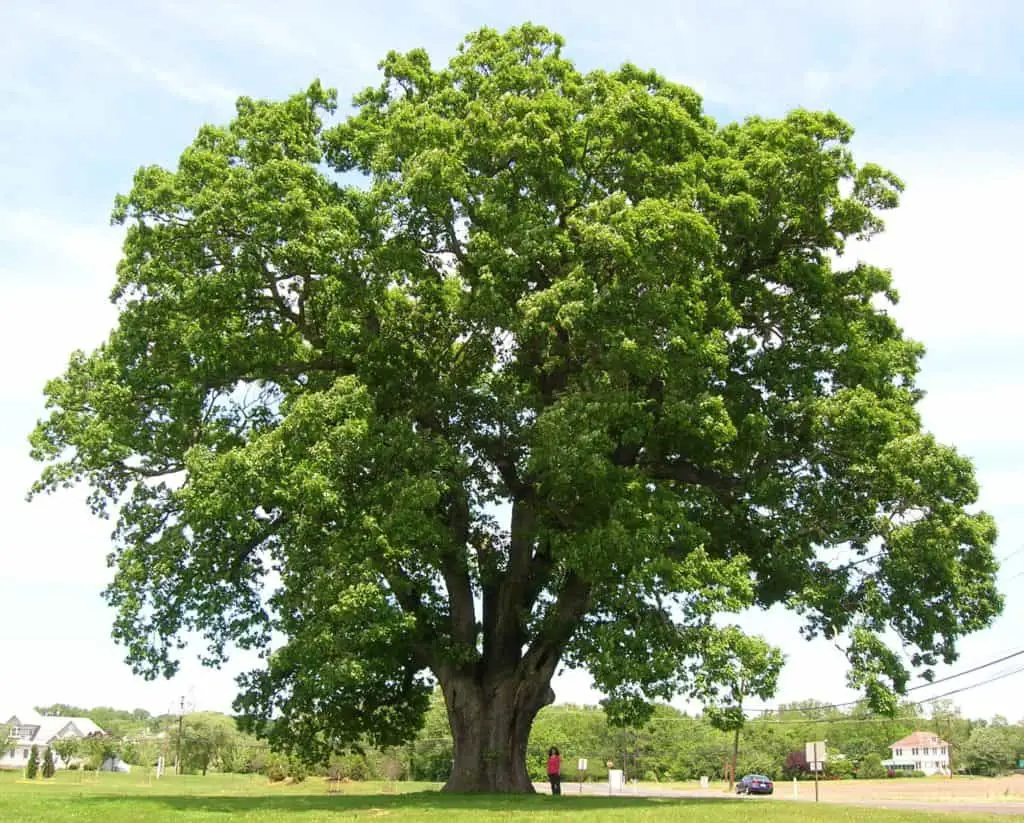Walnut is a type of hardwood that is highly prized for its durability, stability, and rich color. It is commonly used in furniture, flooring, and decorative woodworking projects.
Walnut trees are native to North America, Europe, and Asia, and the wood varies slightly in color and grain pattern depending on the species and location of the tree. In general, walnut wood is a medium to dark brown with a straight or wavy grain pattern.
Walnuat wood vs other woods
| Wood | Density (lbs/ft^3) | Janka Hardness (lbf) | Stability | Durability | Color |
|---|---|---|---|---|---|
| Walnut | 41-43 | 1010-1080 | Stable | Durable | Rich brown |
| Oak | 45-56 | 1200-1360 | Less stable | Less durable | Light brown |
| Maple | 44-48 | 1450-1550 | More stable | Less durable | Light brown |
| Cherry | 33-36 | 950-950 | Less stable | Less durable | Warm brown |
| Mahogany | 35-41 | 800-1100 | More stable | More durable | Reddish-brown |
Note: Density is expressed in pounds per cubic foot (lbs/ft^3) and Janka hardness is expressed in pounds-force (lbf). Stability refers to the wood’s tendency to warp or twist, and durability refers to its resistance to decay, rot, and insect damage.
The color listed is a general description of the wood’s natural hue.
Advantages of walnut wood:
Durability: Walnut wood is highly durable and resistant to wear and tear, making it ideal for furniture, flooring, and other high-traffic areas.
Stability: Walnut wood is relatively stable and less prone to warping or cracking than many other hardwoods.
Aesthetics: Walnut wood has a rich, warm color and a distinctive grain pattern that make it a popular choice for high-end furniture and decorative woodworking.
Workability: Walnut wood is relatively easy to work with using both hand and power tools, making it a popular choice for DIY woodworking projects.
Disadvantages of walnut wood:
- Cost: Walnut wood is generally more expensive than many other hardwoods due to its high demand and limited availability.
- Softness: While walnut wood is durable, it is relatively soft compared to some other hardwoods, making it more prone to dents and scratches.
- Color variations: Walnut wood can have a range of color variations, which can make it challenging to match pieces from different sources or batches.
- Toxicity: Some people may experience an allergic reaction to walnut wood dust, which can cause skin irritation, respiratory problems, or other health issues. It’s important to take proper safety precautions when working with walnut wood.





